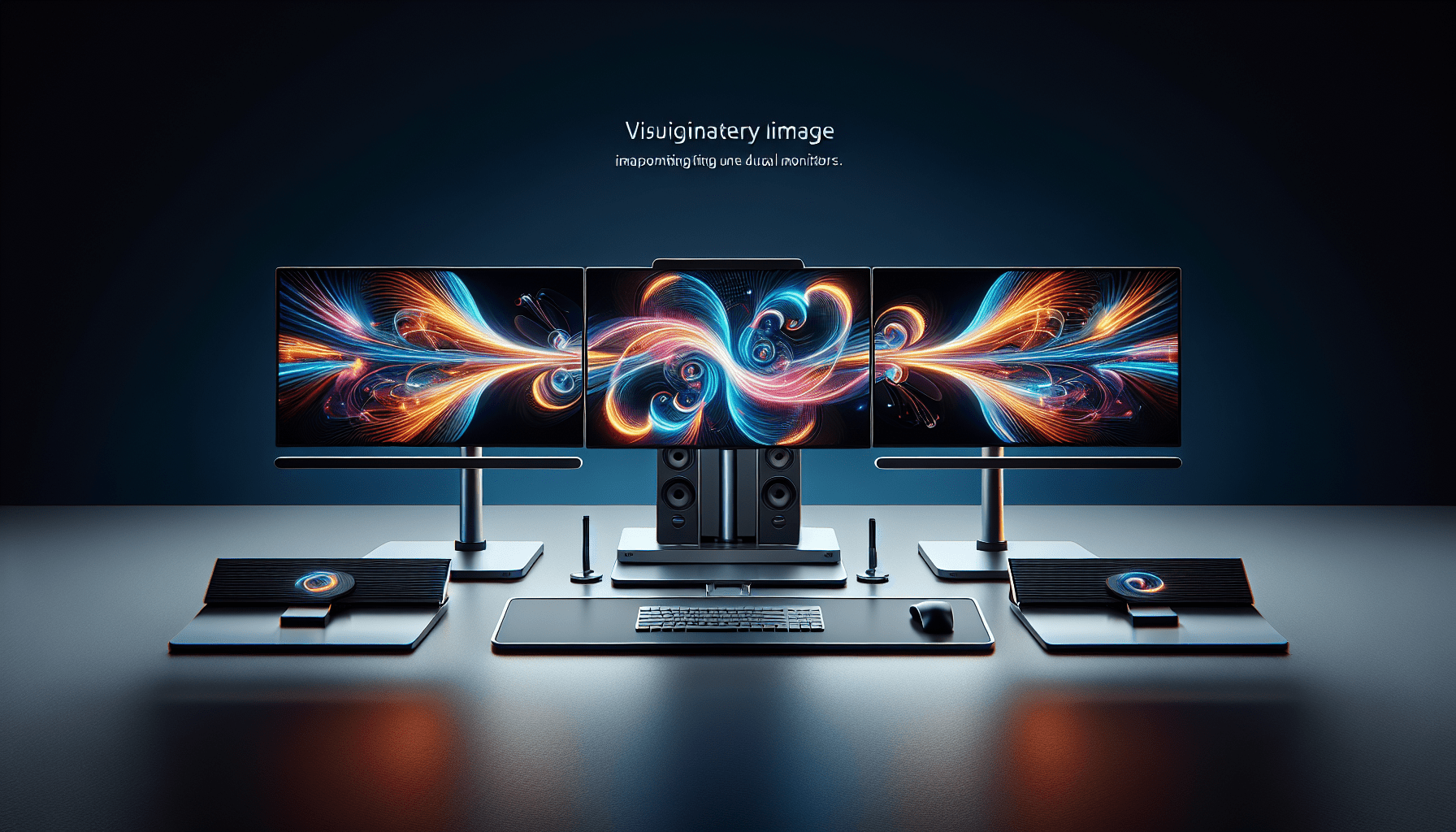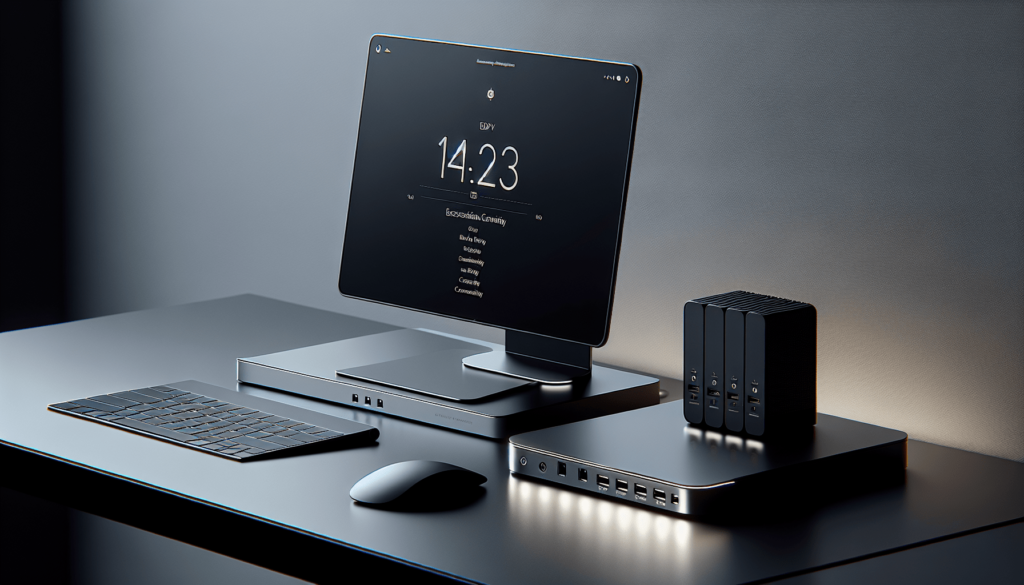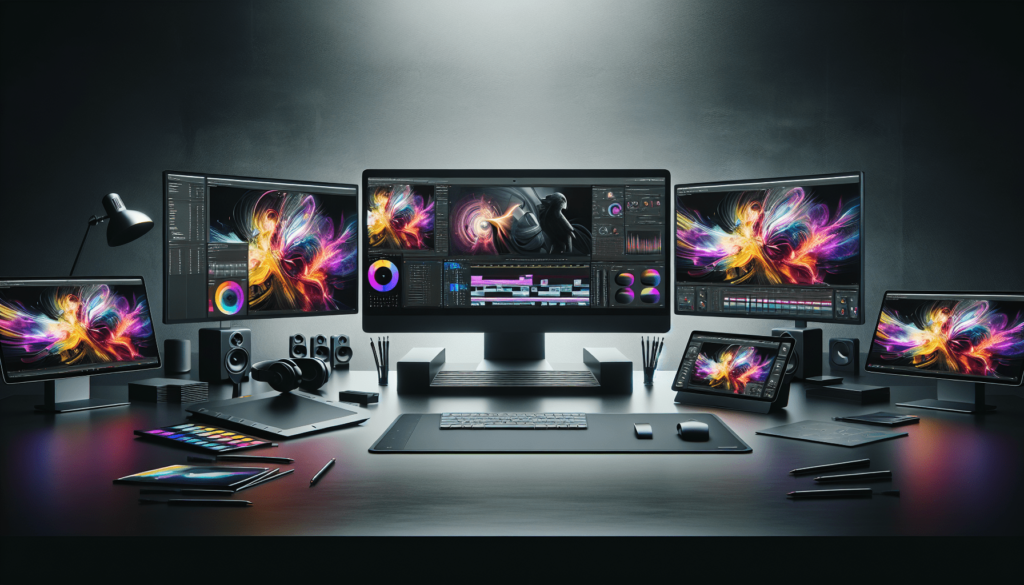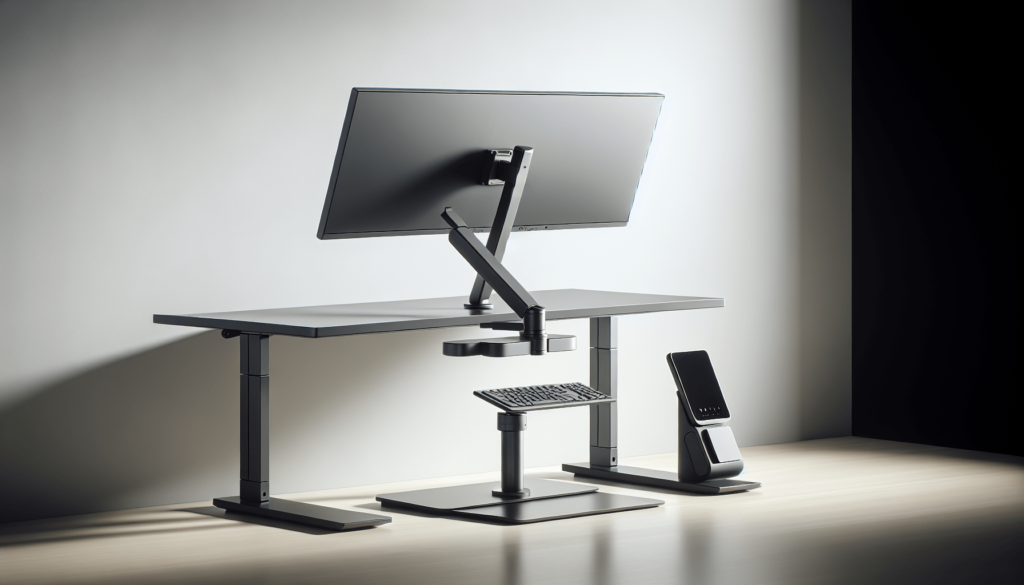Have you ever found yourself in a twist trying to expand your laptop’s capabilities with multiple monitors? You’re not alone. Many of us have faced the frustrating task of juggling extra screens, wires, and adapters, only to find ourselves tangled in a mess that would make even the most rigorous tech enthusiast shiver. So, how can we effectively choose the best docking station for dual monitors and foldable screen extenders without losing our minds or our precious workspace? Let’s explore the world of docking stations and screen extenders with the hope that we leave more enlightened and less entangled than when we started.
Understanding Docking Stations
Before jumping into the nitty-gritty of selecting the perfect docking station, it’s crucial that we understand what these devices do and why they’re a must-have for anyone looking to expand their display setup. Essentially, a docking station serves as a central hub into which we can plug multiple peripherals, essentially transforming a laptop’s portability into a fully functional desktop machine with extra monitors.
Why Use a Docking Station?
A docking station offers several advantages that make it an attractive addition to any tech arsenal. Primarily, it allows us to connect additional monitors, keyboards, mice, and other peripherals without the need to constantly plug and unplug devices from our laptops. This constant connecting can be cumbersome and time-consuming, not to mention it easily wears on our laptops’ ports. With a docking station, we simply plug in once, and all our peripherals are neatly managed through a single connection.
Types of Docking Stations
Let’s break down the common types of docking stations available, focusing on their unique features and benefits to help us identify which one might suit our needs best.
| Type | Features | Benefits |
|---|---|---|
| Port Replicators | Simple, often offer the same ports as the laptop itself | Cost-effective, easy to use, lightweight |
| Universal Docks | Compatible with different brands and models, usually connect via USB | Flexibility to use with various devices, often supports dual monitors |
| Thunderbolt Docks | High-speed data transfer, typically support multiple 4K displays | Best performance, great for power users |
| Vertical Docks | Designed to fit specific laptop models, optimize desk space | Space-saving, easily integrates with specific laptop ecosystems |
Exploring Dual Monitor Setups
Now that we’ve unpacked the basic premise of docking stations, it’s time to look at one of their most substantial uses: setting up dual monitors. Dual monitors can radically enhance our productivity. They allow us to have multiple applications open simultaneously, streamline our workflow, and offer more digital real estate to stretch out and get comfortable with our work.
Benefits of Dual Monitors
Those of us who have switched to dual monitors often wonder how we ever managed without them. The idea is simply akin to having a larger desk where everything can be laid out and within easy reach. With dual monitors, multitasking becomes less of a juggling act and more of a smooth dance from one task to the next.
Here are a few benefits at a glance:
- Increased Productivity: Studies show dual monitors can boost productivity by 20-30% as more information can be accessed simultaneously.
- More Organized Workspaces: By spreading tasks across two screens, our desktops are less cluttered, promoting focus.
- Enhanced Multitasking: Easily transition between tasks or keep multiple applications open at once without constantly switching windows.

The Rise of Foldable Screen Extenders
As much as we love dual monitors, we sometimes find ourselves on the go—an agile, mobile tether prevents us from taking our lovely, peaceful setup everywhere. Enter foldable screen extenders, a boon to those of us who need that dual monitor setup regardless of where we plant ourselves.
What are Foldable Screen Extenders?
Foldable screen extenders are portable devices that connect to our laptops to create additional screen space. They are designed to be lightweight and easy to carry, offering nearly the same benefits as full-sized monitors, without the added bulk.
Why Consider Foldable Extenders?
Let’s explore why we might want to introduce foldable screen extenders into our lives:
- Portability: Unlike traditional monitors, these extenders are designed for mobility. Just slip them into your laptop bag, and you’re equipped to set up anywhere.
- Versatility: Whether we’re working at a café, a co-working space, or en route during a flight, foldable screens provide that much-needed additional workspace without draining our laptops’ batteries.
- Space-saving Design: They are razor-thin when collapsed, allowing us to maintain a tidy workspace regardless of where we are.
Choosing the Right Docking Station
We’re now equipped with solid foundational knowledge. The next step in our expedition is figuring out how to choose the docking station that suits our specific needs and preferences.
Compatibility Matters
First and foremost, we need to make sure the docking station is compatible with our device. Otherwise, we run the risk of ending up with an expensive paperweight. Let’s ensure ports match up, including HDMI, USB, DisplayPort, and Thunderbolt connections.
Port Selection
When it comes to selecting ports, nothing is more sobering than running out midway through a project. Here’s what we need to check:
- USB Ports: Look for stations with enough USB ports to accommodate all our devices. USB 3.0 ports or higher are preferable due to faster data transfer speeds.
- Video Outputs: Considering we’re aiming for dual monitors, make sure there are at least two video outputs. HDMI, DisplayPort, and VGA are common options.
- Ethernet Port: Some docking stations omit the humble Ethernet port—a worthy inclusion if our work environment favors wired connections.
Power Delivery
For those of us inclined to do away with multiple chargers and power adapters, consider docking stations offering power delivery. This single connection charges the laptop alongside managing peripheral connections.
Assessing Build Quality
Durability may not be the first quality that comes to mind, but it greatly affects the longevity and service life of a docking station. Selecting a robust design ensures longevity, especially if we frequently transport our devices.

Evaluating Foldable Screen Extenders
Now equipped with an understanding of docking stations, let’s delve into foldable screen extenders and assess how we might choose the ideal companion for our on-the-go lifestyles.
Size and Resolution
Depending on our preferences and work demands, screen size and resolution are critical factors. A full HD resolution is crucial for those dealing with visual content, while others may prioritize compactness and weight instead.
Connectivity Options
When it comes to connectivity, ease is key. A selection of USB-C, Mini HDMI, or proprietary connectors streamlines the connection process to our primary devices.
Adjustability and Ergonomics
Some screen extenders offer adjustable angle or swivel capabilities—if we rely on ergonomic setups or need to share our screens, this feature can make an impactful difference.
Cost vs. Benefits
Finally, as we traverse the landscape of tech acquisition, budgeting naturally enters the scene. While it’s easy to get lured by high-priced luxury setups, weigh options against practical workplace needs.
- Port Replicators: Perfect for budget-conscious workplaces with basic connectivity needs.
- Universal Docks and Thunderbolt Docks: Higher-priced but grant flexibility and superior performance.
- Foldable Extenders: Cost-effective for professionals consistently away from a stationary desk setup.
Making a Final Decision
Our exploration has led us through the expansive pathway of docking stations and foldable screen extenders. Taking stock of what we’ve learned, let’s distill these insights into making an informed final decision.
Consider Your Workspace
Are we often on the road, enjoying the freedoms remote work provides, or primarily in an office? These circumstances will steer us towards either portable options or more robust desktop setups.
Weigh Your Devices
List out every device you plan to connect, ensuring the docking station or extender can accommodate these without compromise. A checklist can be handy in this case.
Assess Future Growth
Will our current needs expand? Perhaps we foresee adding more peripherals or integrating newer tech later on. Ensuring compatibility with growth plans guards against future hassle.
Conclusion
Embarking on the journey to choose the best docking station and foldable screen extenders isn’t as daunting when armed with the right knowledge. By meticulously considering compatibility, functionality, and personal workflow requirements, we enhance our laptop-centric workspace into a capacious and efficient digital arena. Whether settled in a cozy office nook or a bustling café, equipped with a vigilant eye for tech integration, we are now prepared to select the components that best support our professional ambitions and lifestyle ease.



